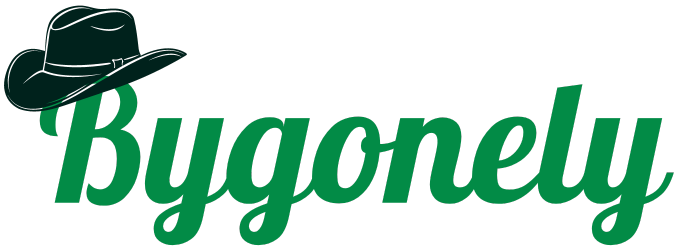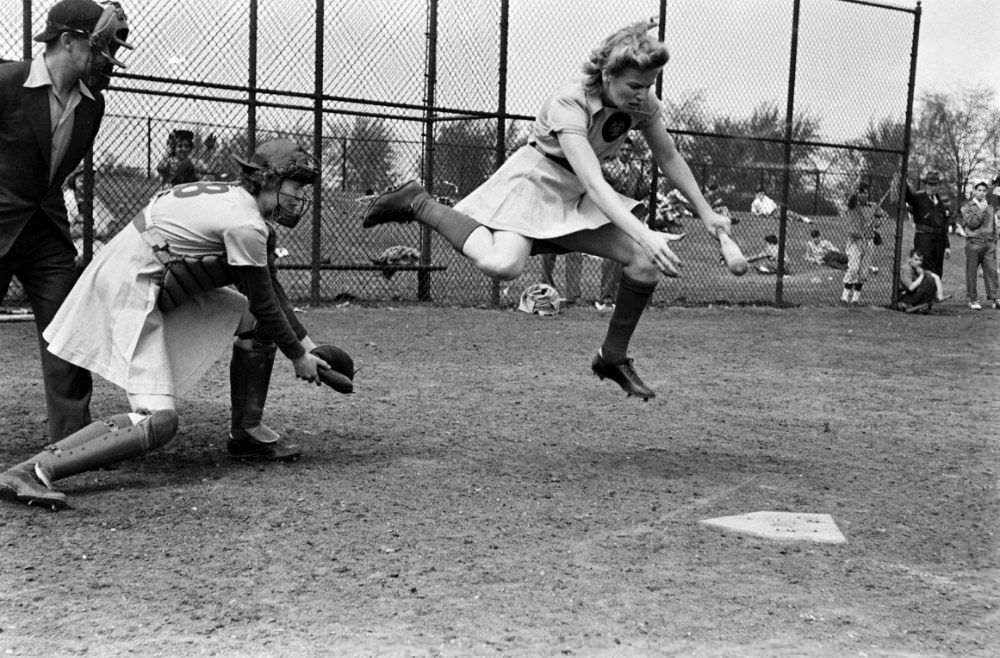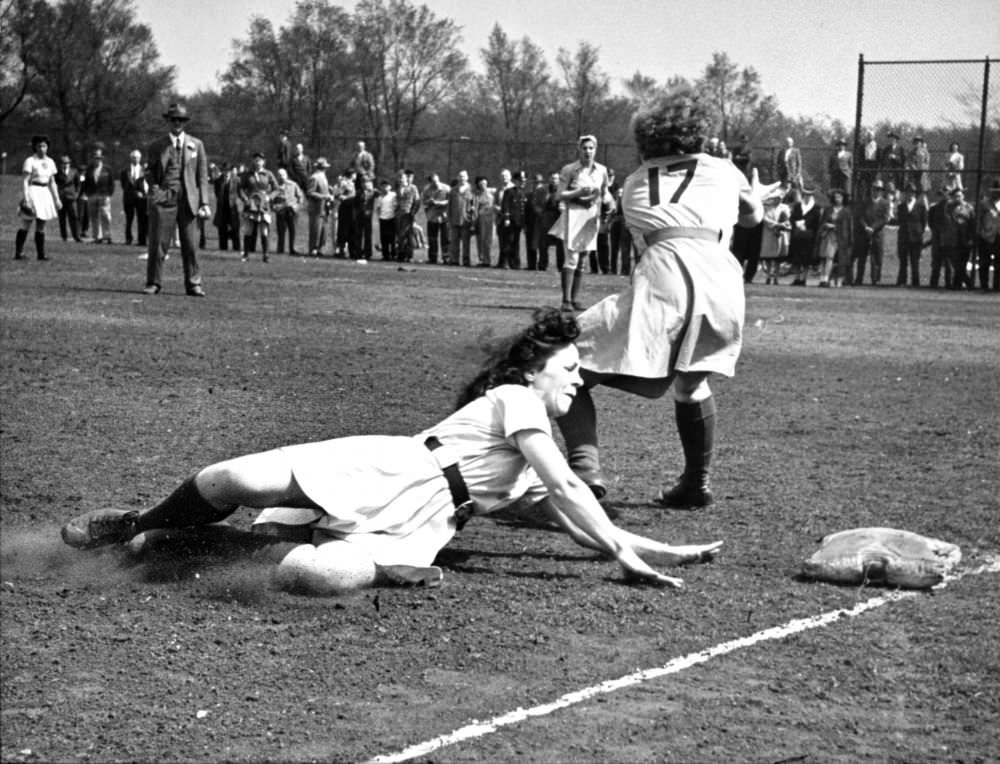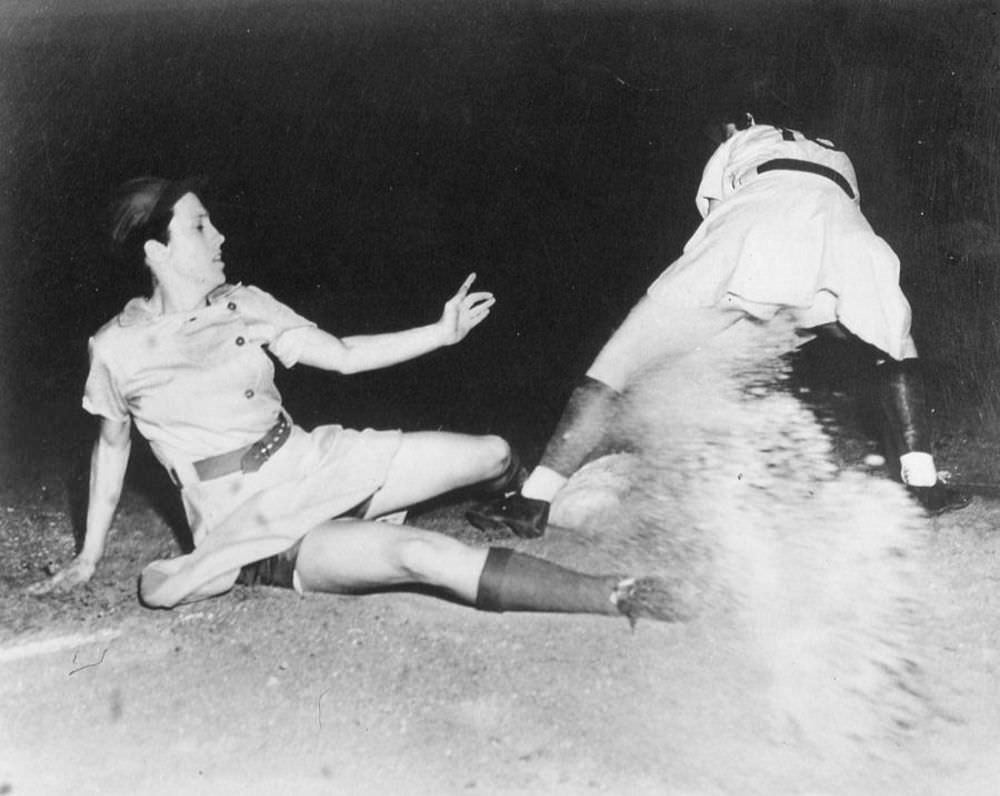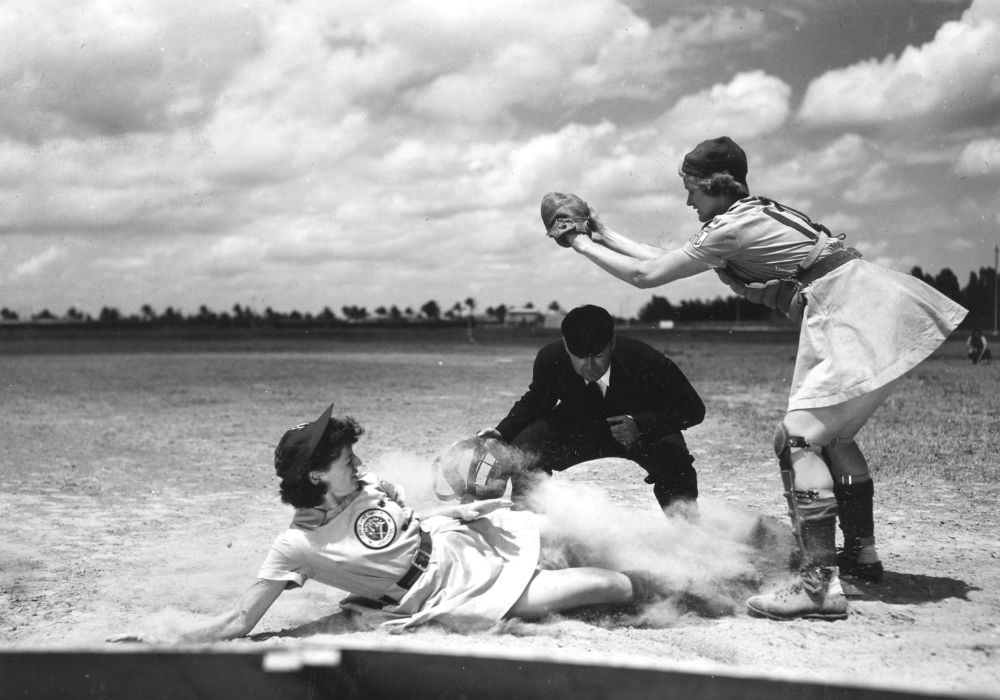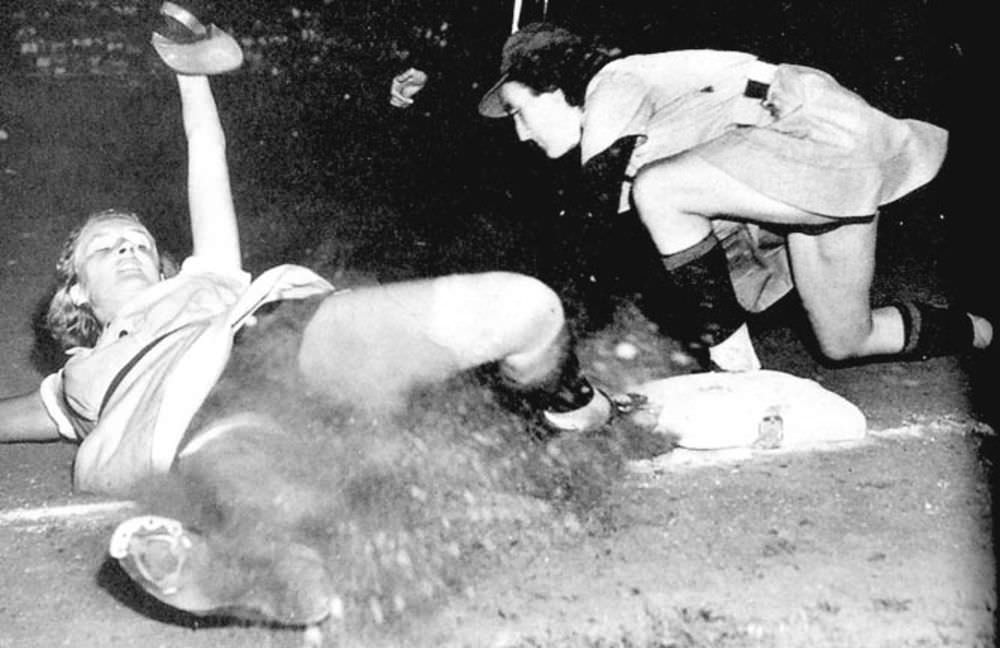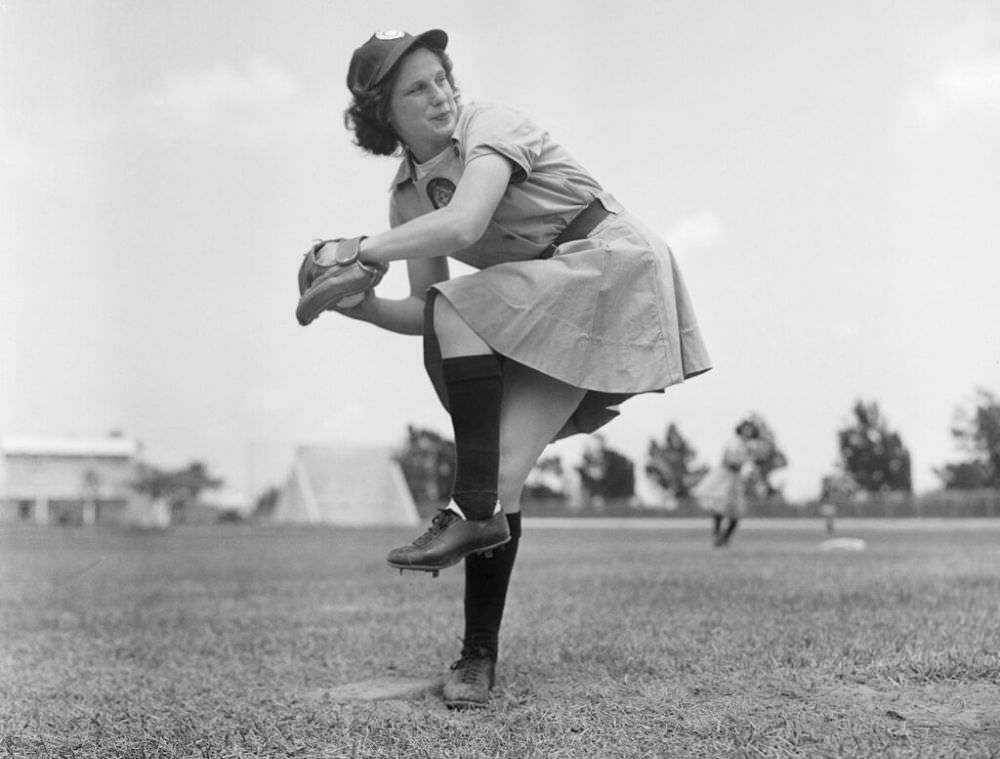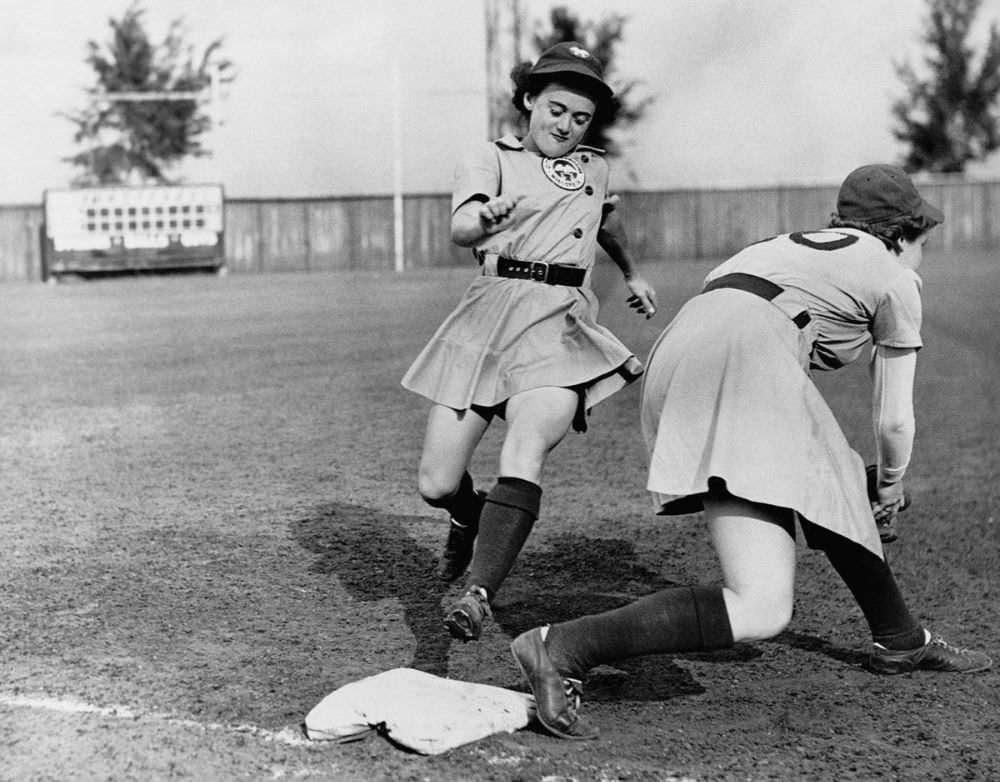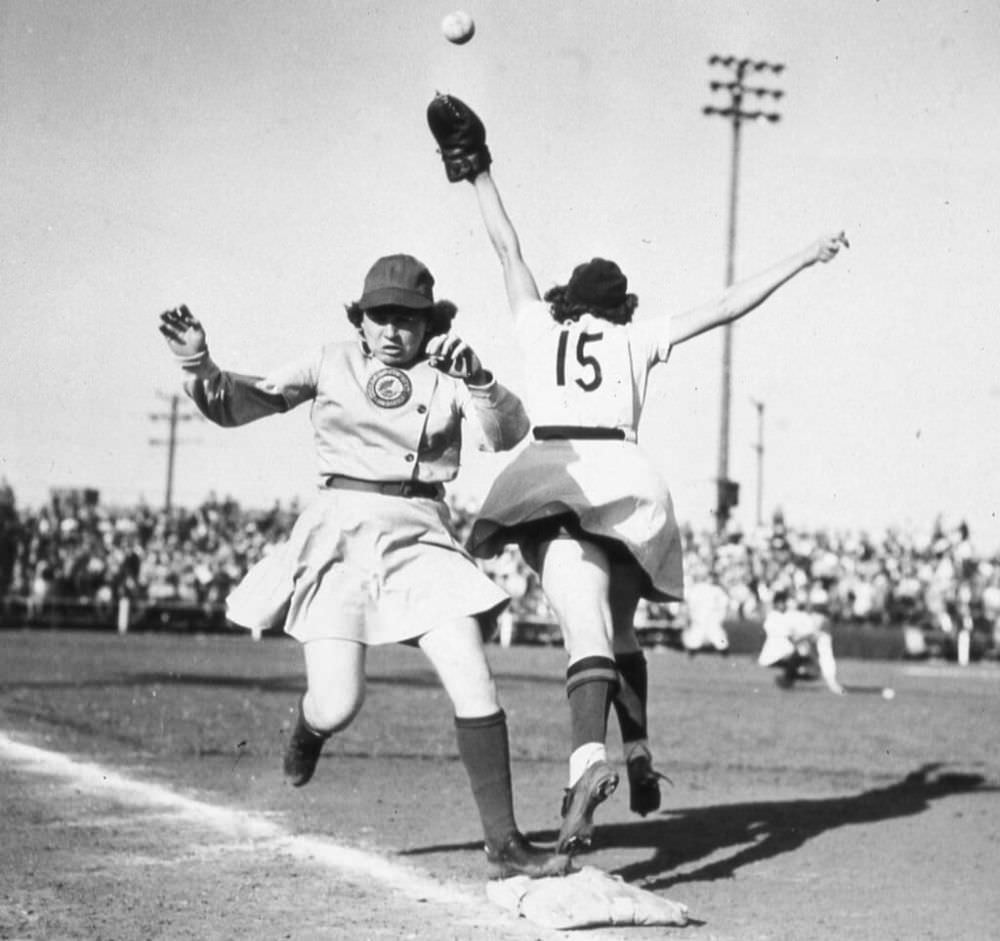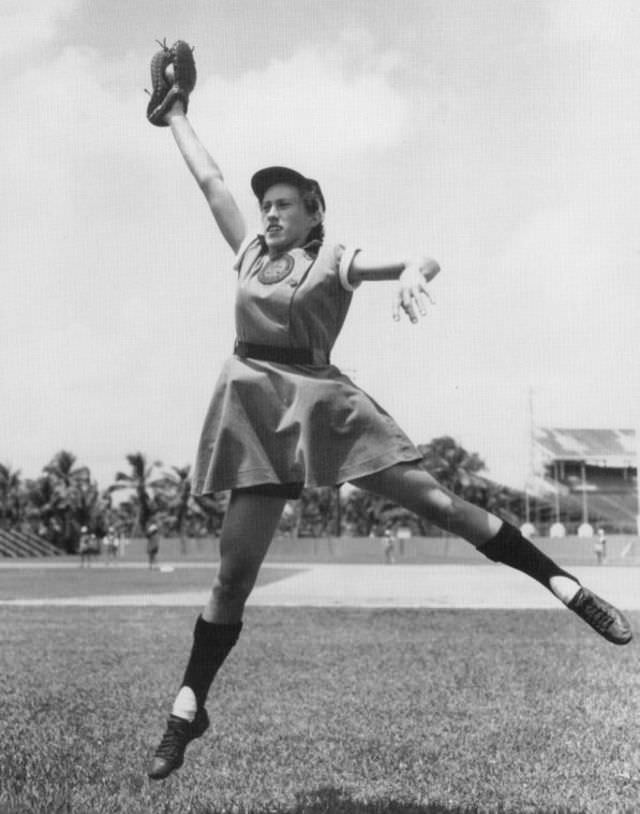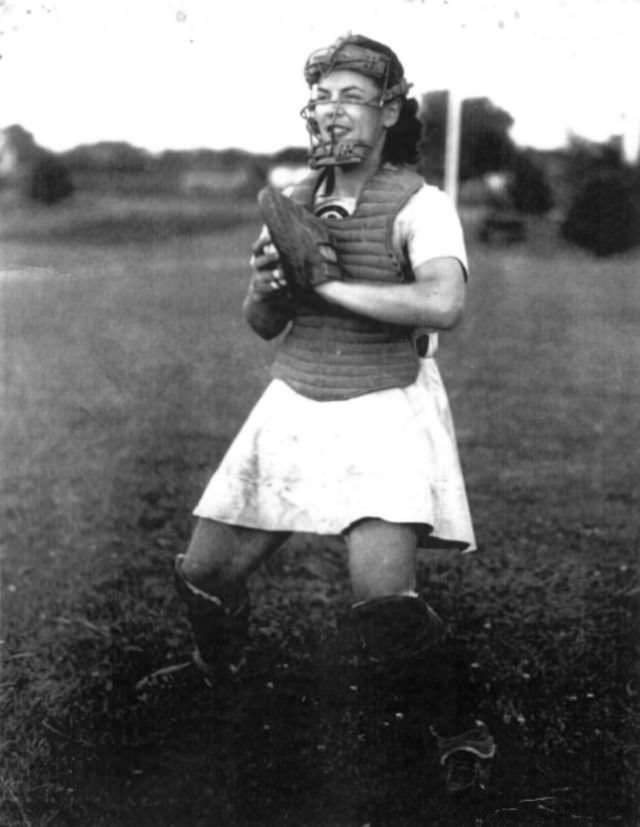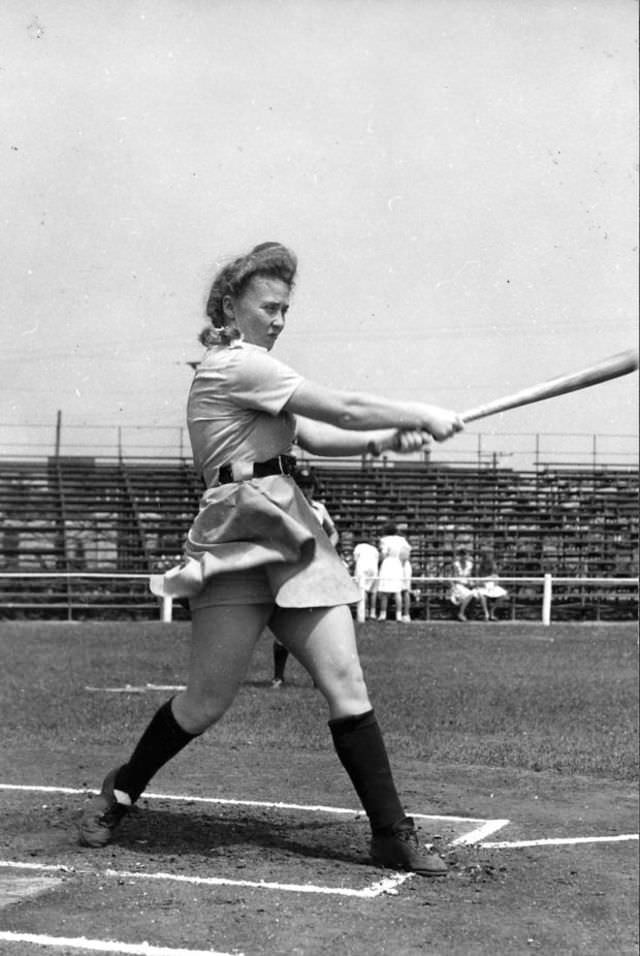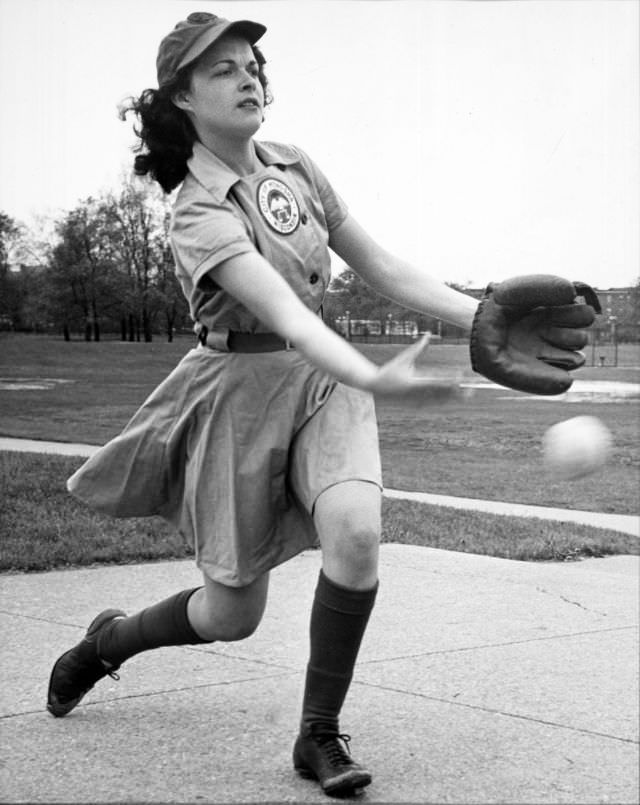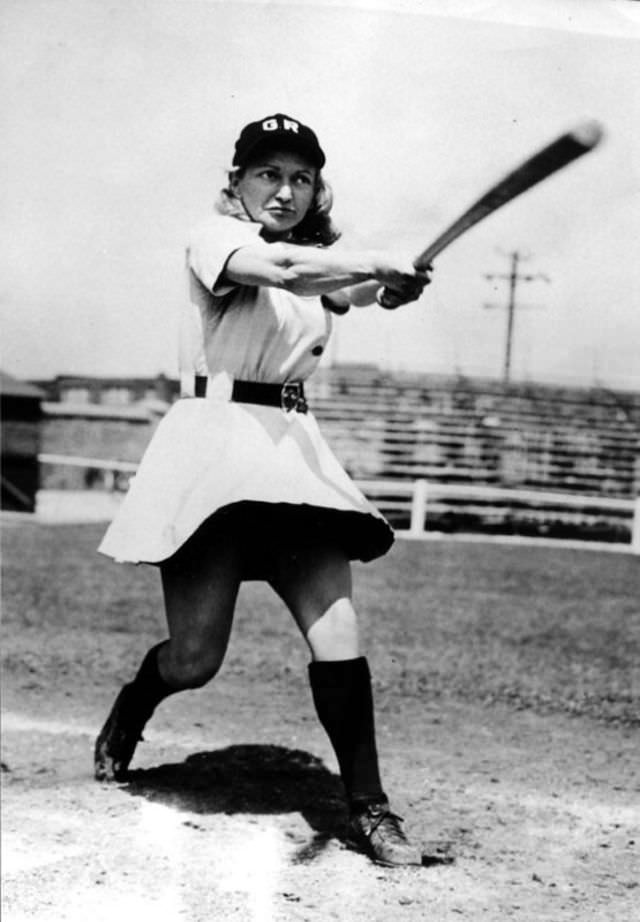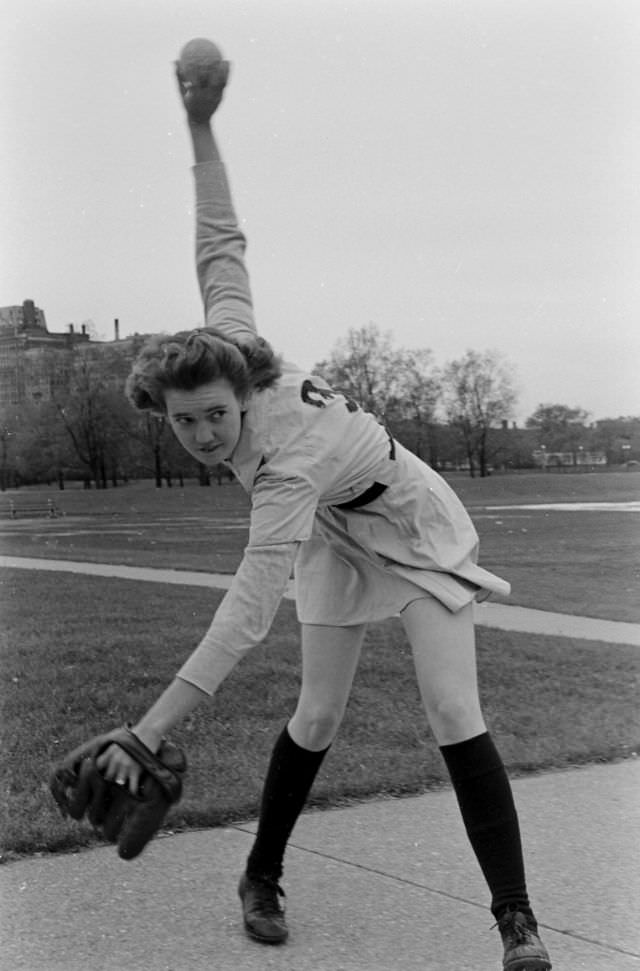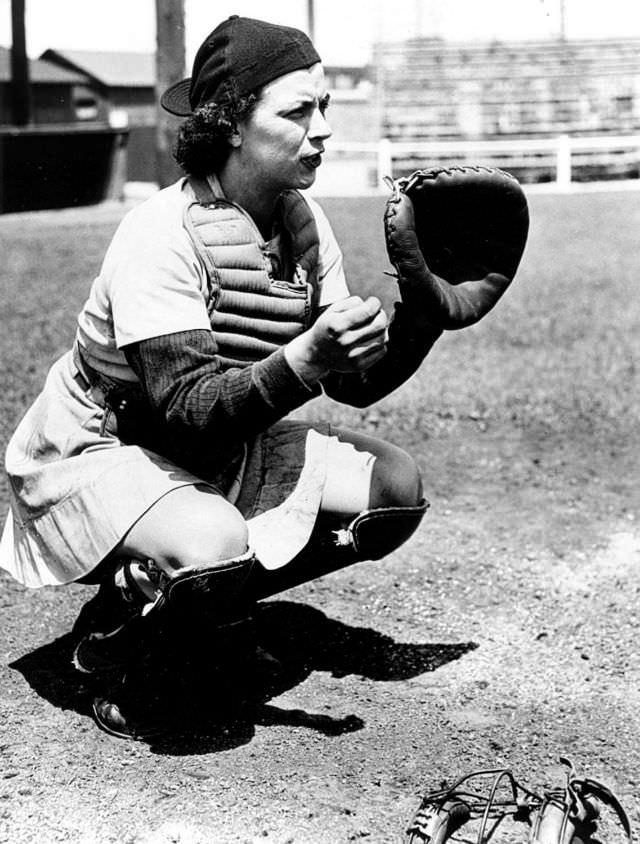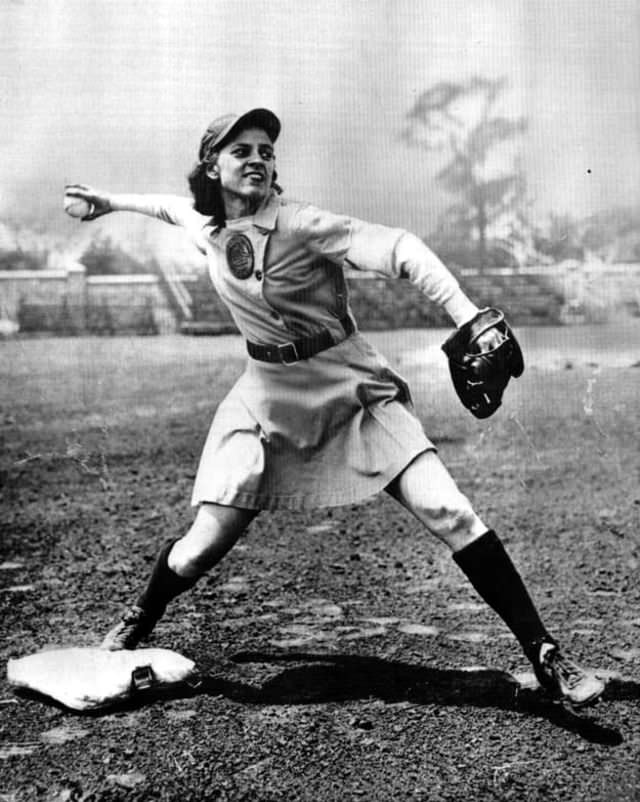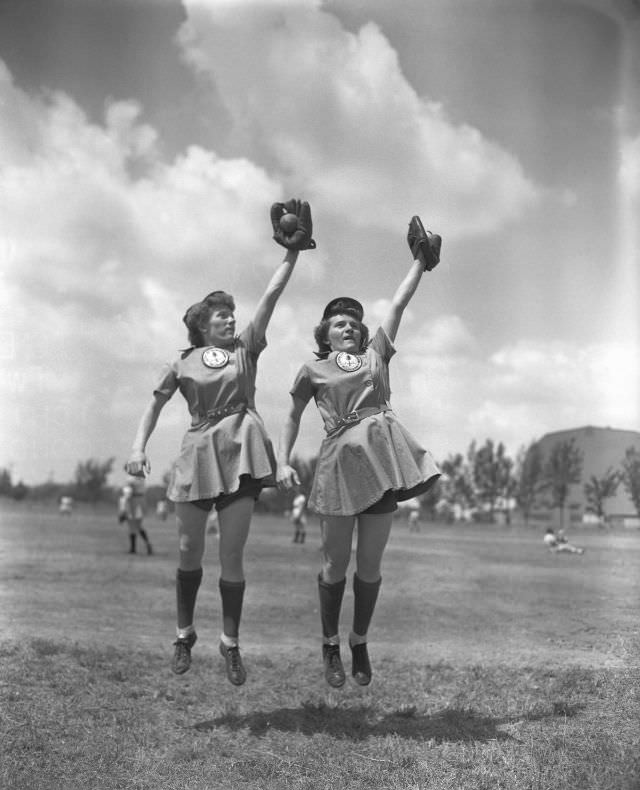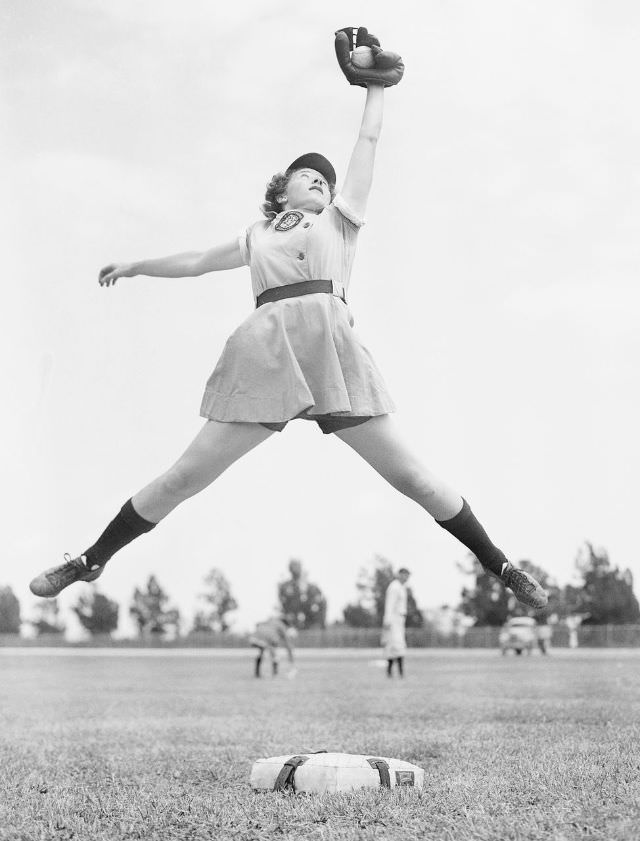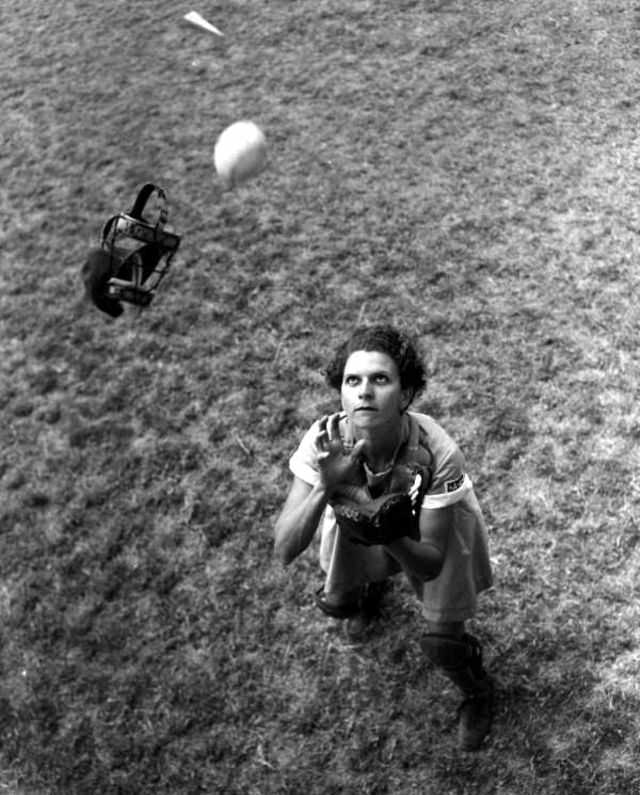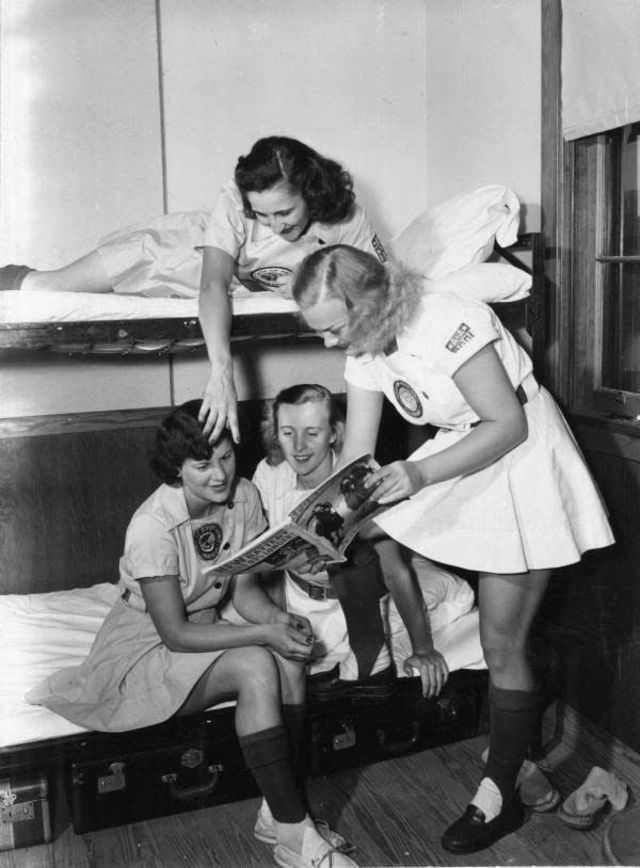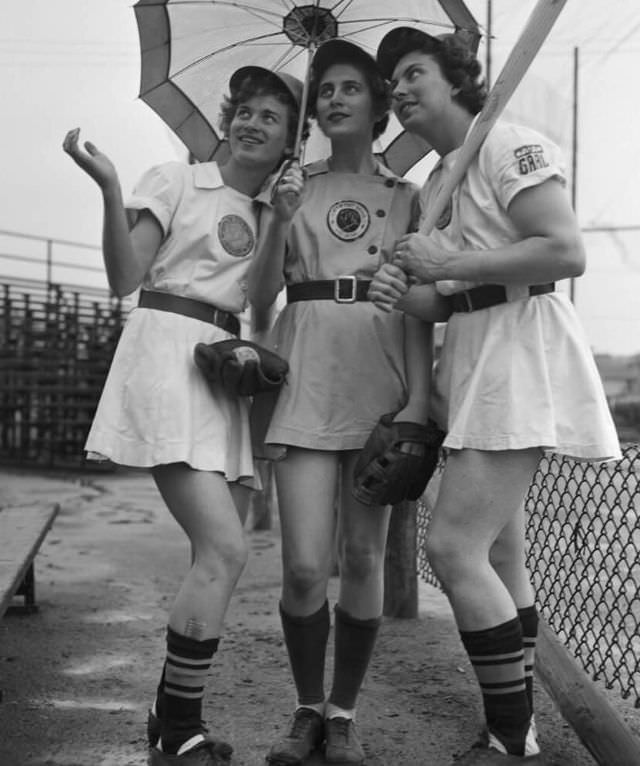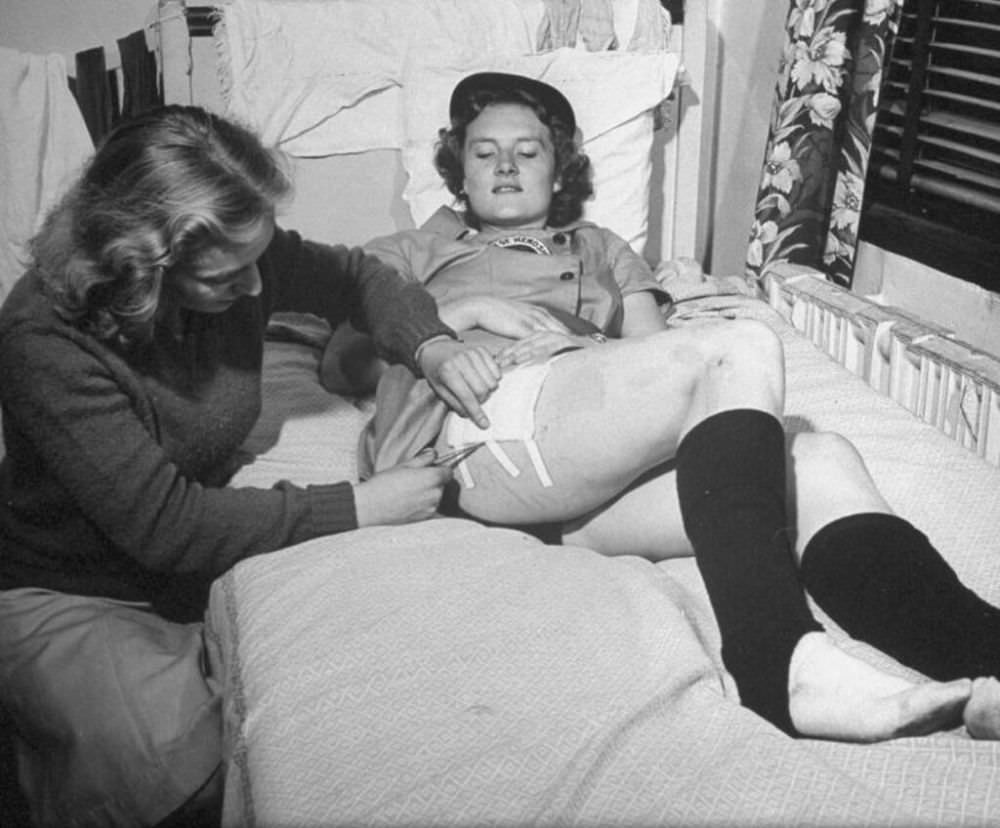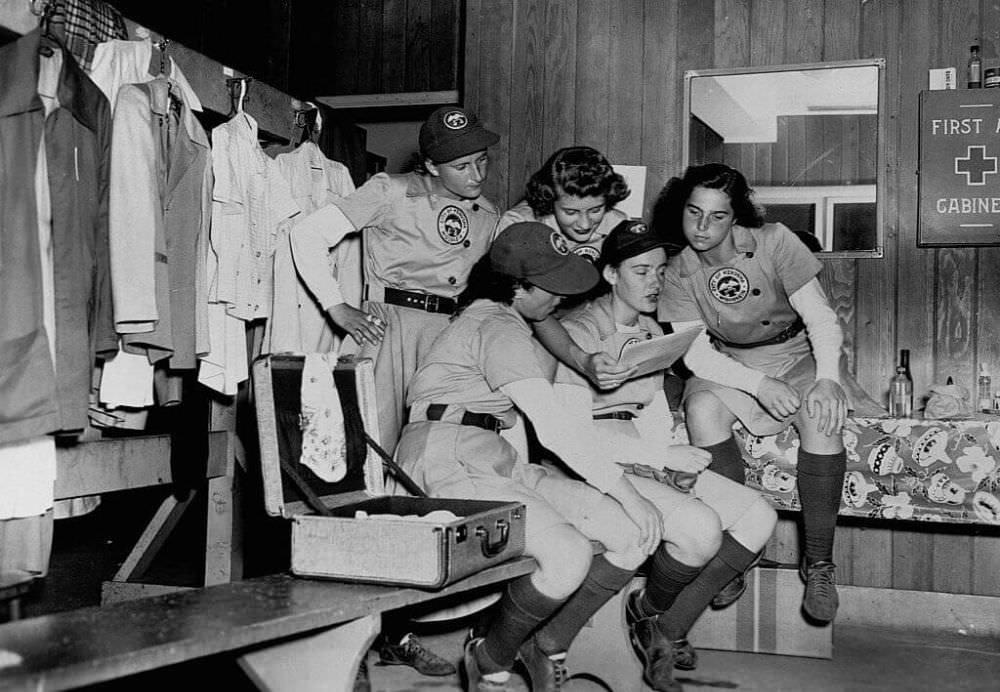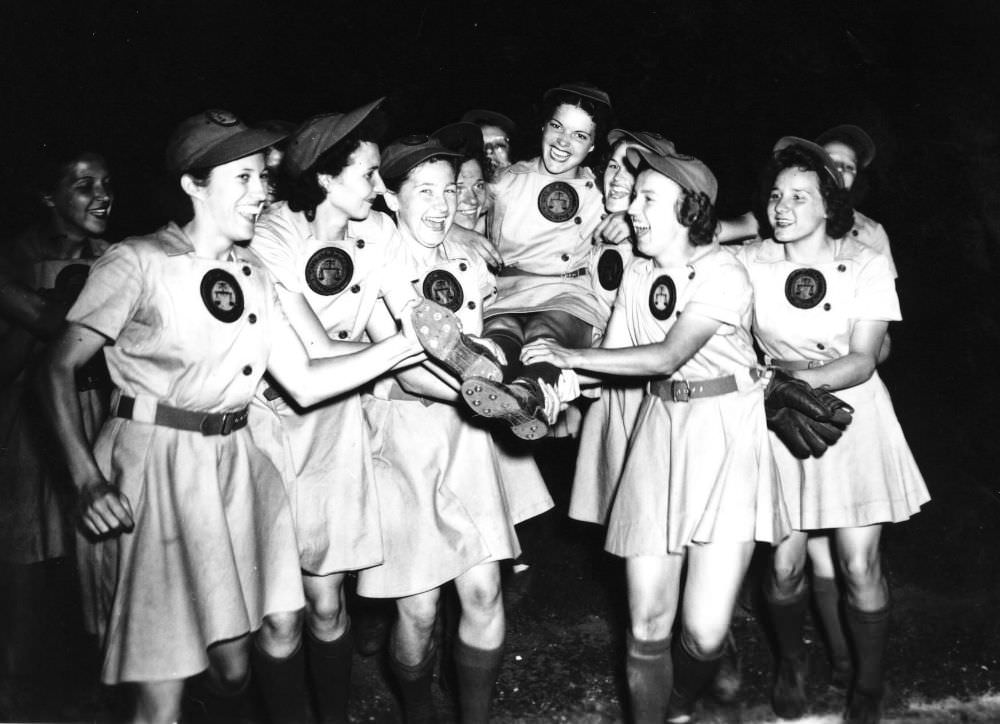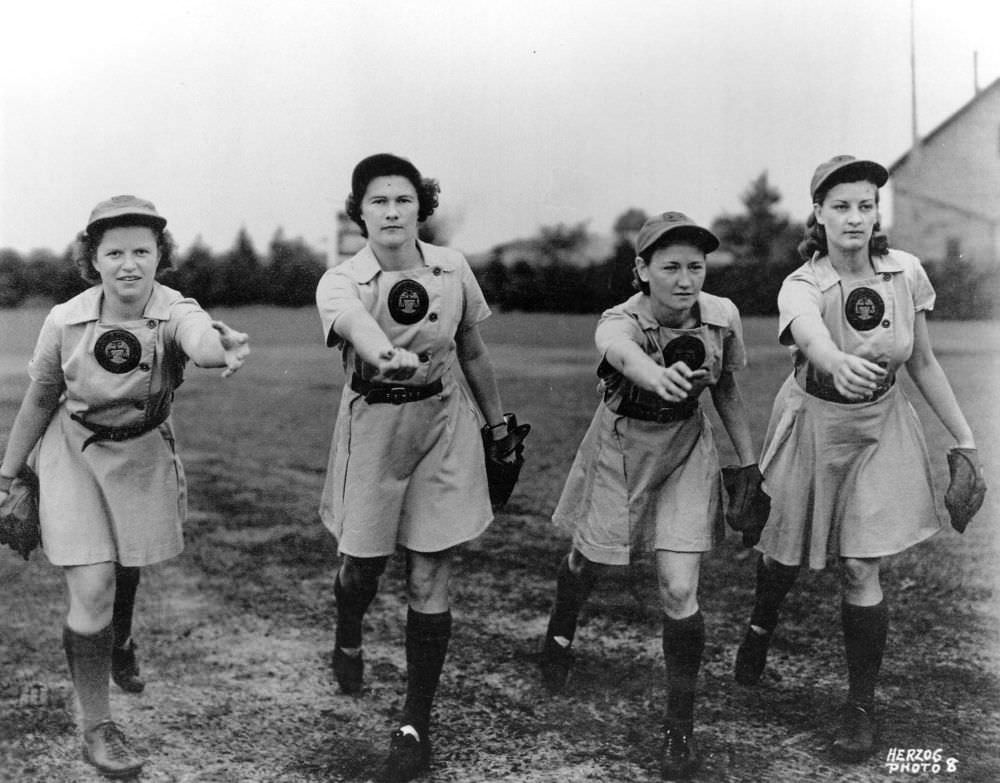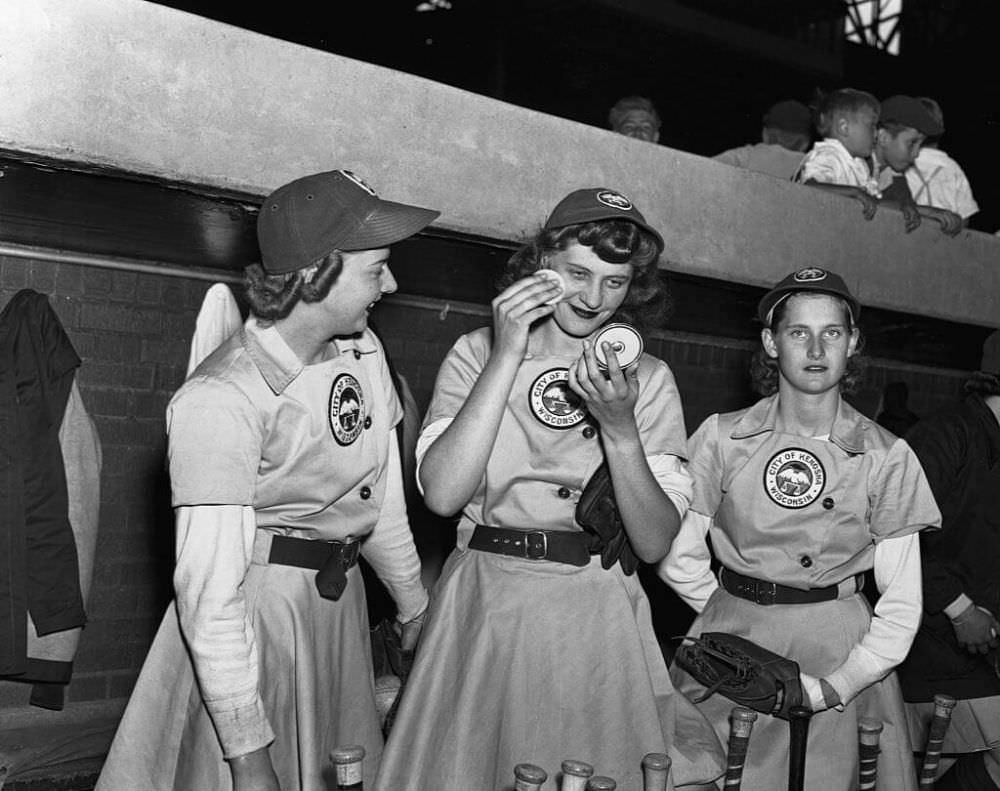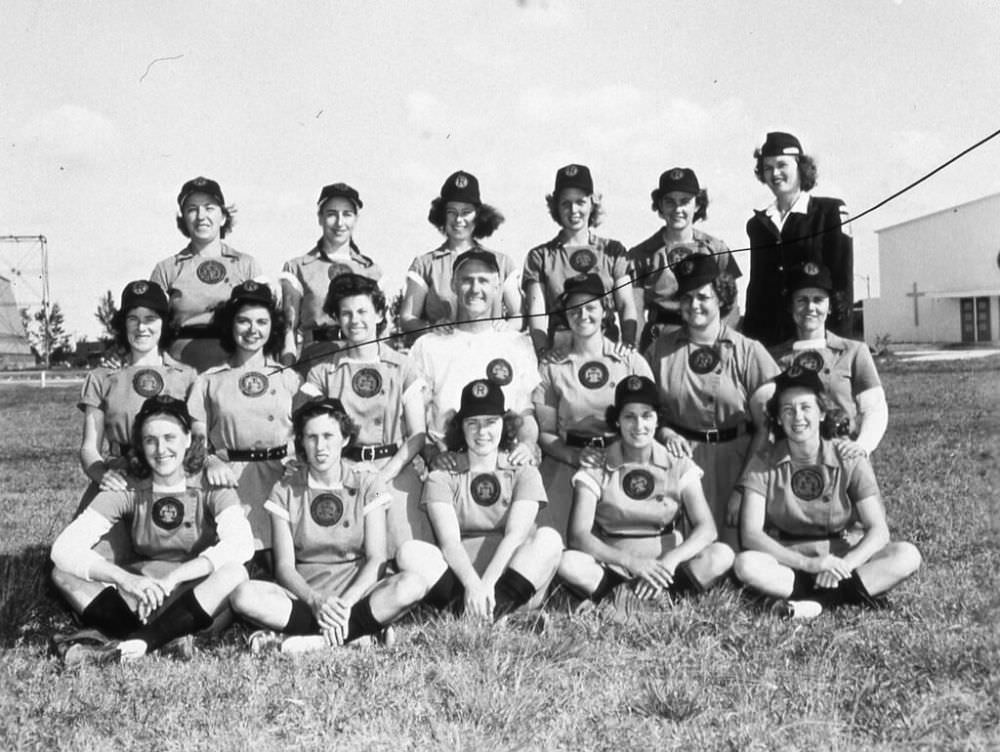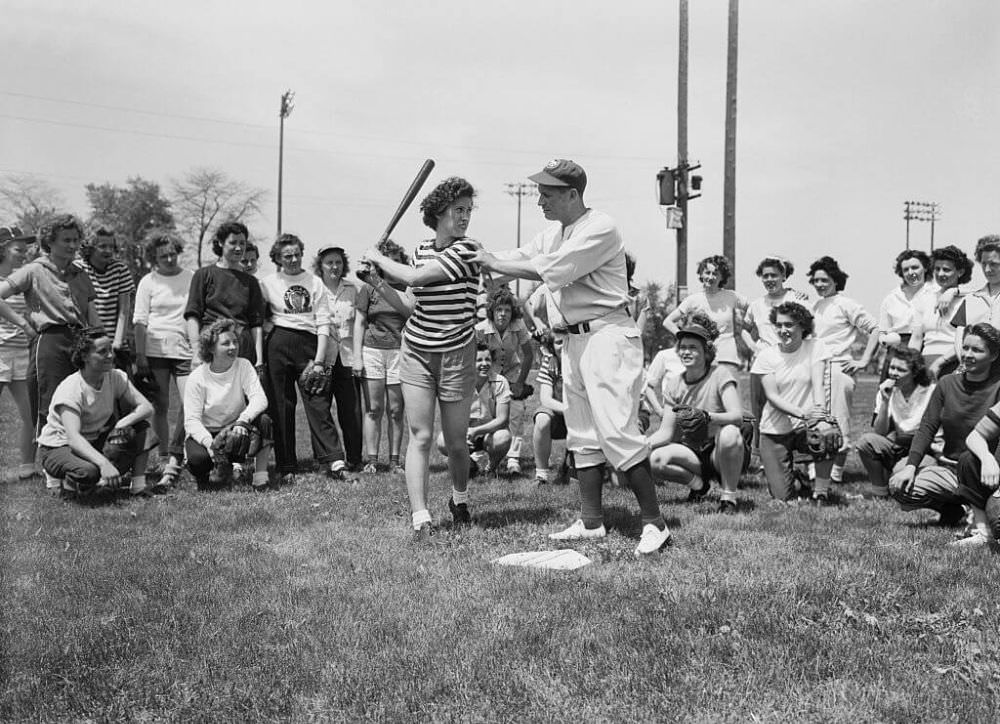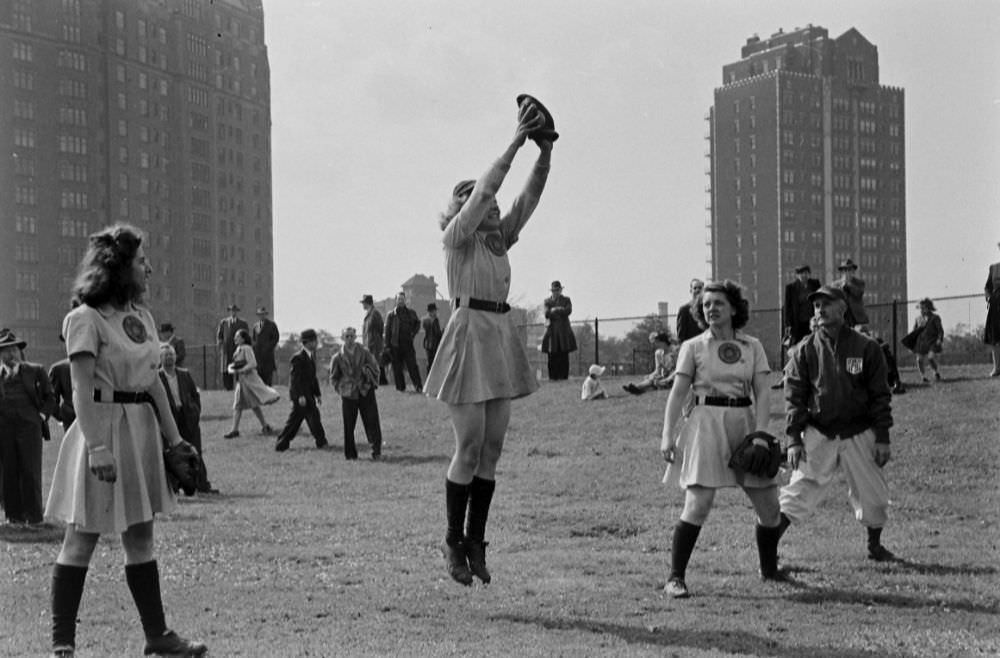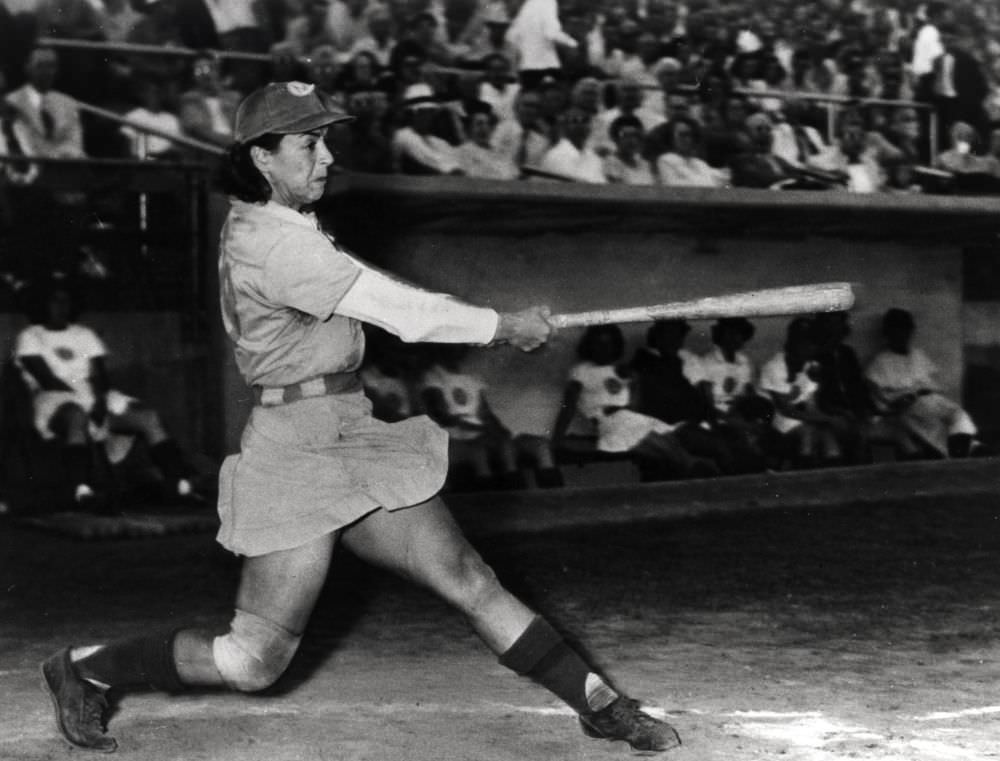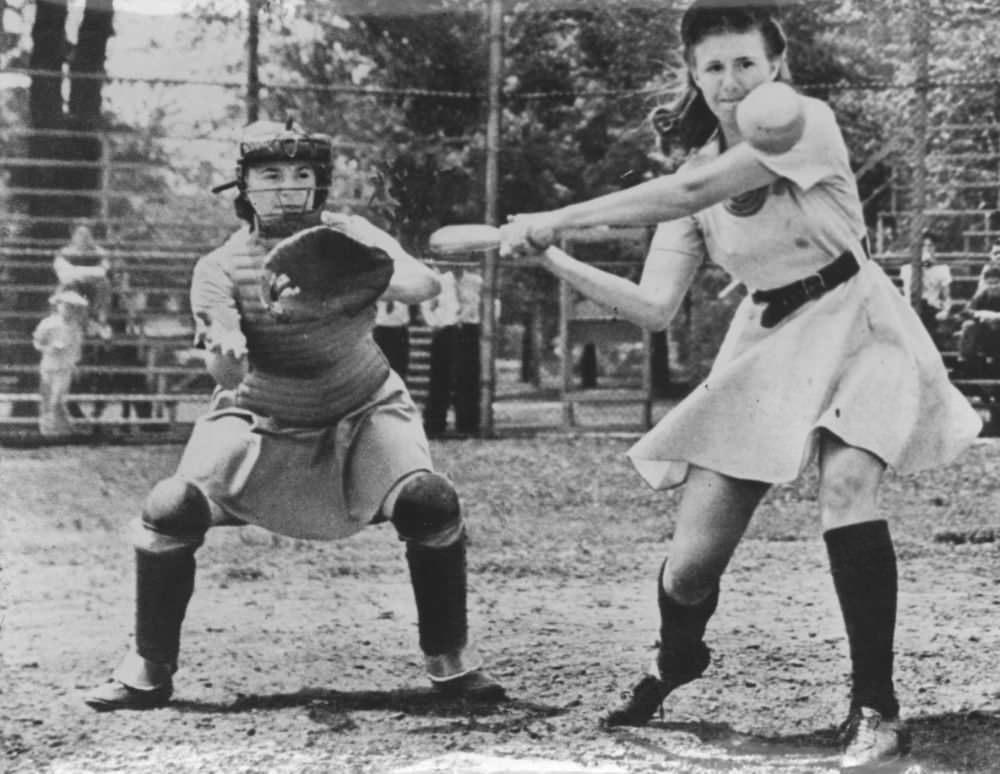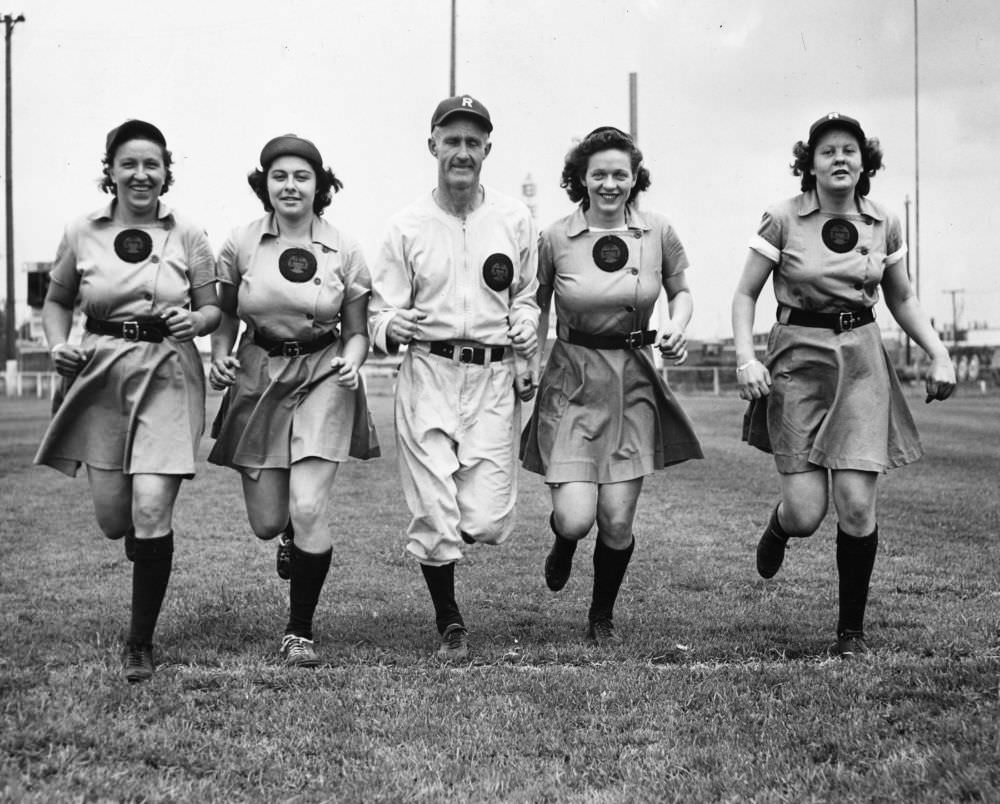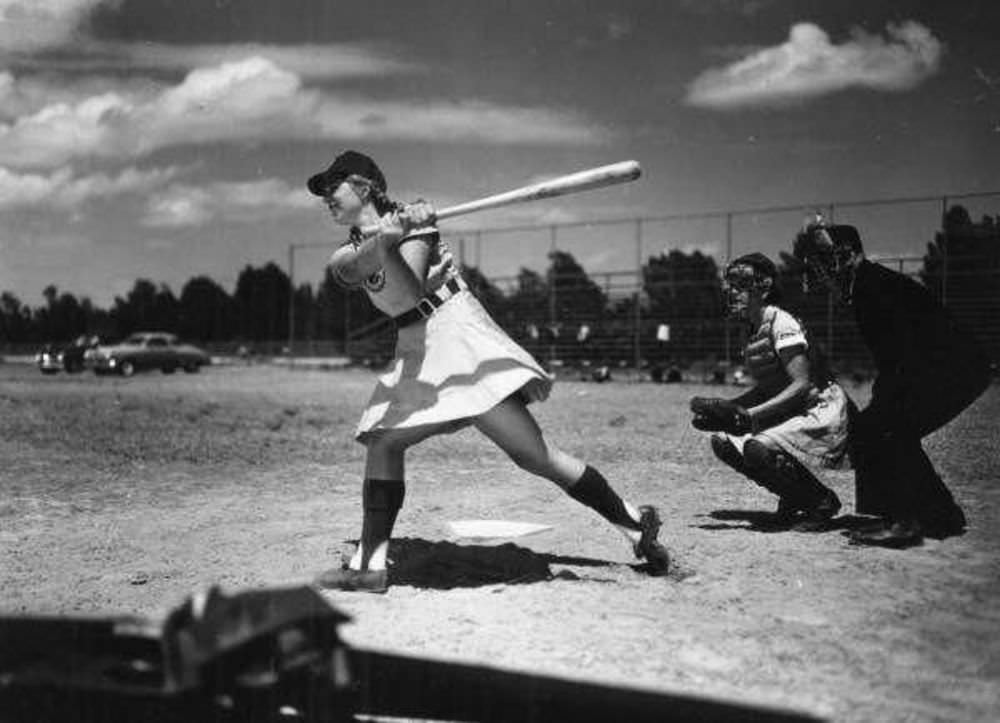During a unique period in American history, women played professional baseball in their own league. The All-American Girls Professional Baseball League (AAGPBL) operated from 1943 to 1954, offering talented female athletes a chance to play ball at a high level while entertaining fans across the Midwest.
The league’s creation was tied directly to World War II. With millions of American men serving overseas, including many professional baseball players, some Major League Baseball executives worried that America’s pastime might fade from public view. Philip K. Wrigley, the chewing gum company owner who also owned the Chicago Cubs, along with others like Branch Rickey, came up with the idea for a professional women’s league to fill the potential gap and provide entertainment on the home front. The first tryouts were held at Chicago’s Wrigley Field.
The AAGPBL was centered in medium-sized cities across the American Midwest. Over its twelve-year run, the league expanded, eventually including ten teams. Familiar team names included the Rockford Peaches, known for winning four league championships, and the South Bend Blue Sox. These two clubs were the only ones to remain in their original cities for the entire duration of the league. While often referred to as the AAGPBL today, the league’s official name actually changed multiple times. It started as the All-American Girls Softball League in 1943, quickly changed to the All-American Girls Baseball League, and used variations including “Professional” and “American Girls'” in later years. Ownership also shifted, beginning with Wrigley, then moving to advertising executive Arthur Meyerhoff, and finally ending with the teams being owned individually.
Read more
More than 600 women played in the AAGPBL throughout its history, showcasing impressive athletic skills. The style of play evolved over the years. Initially, the rules were closer to softball, featuring underhand pitching and shorter distances between bases. As the league progressed, the rules gradually shifted more towards traditional baseball, including adopting overhand pitching and extending the base paths and pitching distance. Showing the league’s reach, spring training exhibition games were even held outside the US, in Havana, Cuba, in 1947 and 1948.
Beyond their performance on the field, players faced strict rules regarding their appearance and behavior. The league management wanted to emphasize femininity alongside athleticism. Players were required to attend charm school classes, often conducted by representatives from Helena Rubinstein’s beauty company. These classes covered everything from etiquette and hygiene to posture and manners. Each player received a beauty kit with makeup and instructions on how to use it. League rules dictated that players could not cut their hair short, had to wear lipstick at all times in public, and were forbidden from smoking or drinking in public places. Off the field, specific dress codes were enforced. Failing to follow these rules resulted in fines: five dollars for a first offense, ten dollars for the second, and possible suspension for a third violation. Players typically wore short skirts or tunic-style uniforms during games.
Despite the strict rules, or perhaps partly because of the unique image presented, the AAGPBL became very popular. Attendance grew steadily through the mid-1940s. The league hit its peak popularity during the 1948 season, when the ten teams attracted a total of 910,000 paid spectators to their games. The AAGPBL provided exciting baseball and a novel form of entertainment for fans in its host cities for over a decade. Many people became familiar with the league years later through the 1992 movie ‘A League of Their Own’, which presented a mostly fictionalized story inspired by the players and the early days of the AAGPBL.
